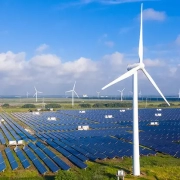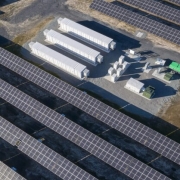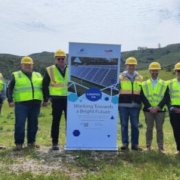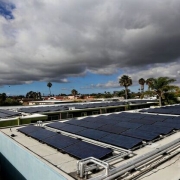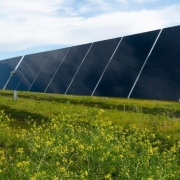For the past two decades, solar and wind farms have become a familiar sight, revolutionizing how we generate electricity. However, complete decarbonization requires a broader arsenal of technologies. This is because renewable sources like solar and wind are intermittent, meaning they don’t produce power consistently. Additionally, they can’t provide the high temperatures crucial for many industrial processes.
Enter 247Solar, a company pioneering a novel approach to concentrated solar power (CSP) that addresses these limitations. Their high-temperature systems boast overnight thermal energy storage, enabling them to deliver round-the-clock clean power and industrial-grade heat.
Click here to read the full article
Source: Interesting Engineering
—
If you have any questions or thoughts about the topic, feel free to contact us here or leave a comment below.



